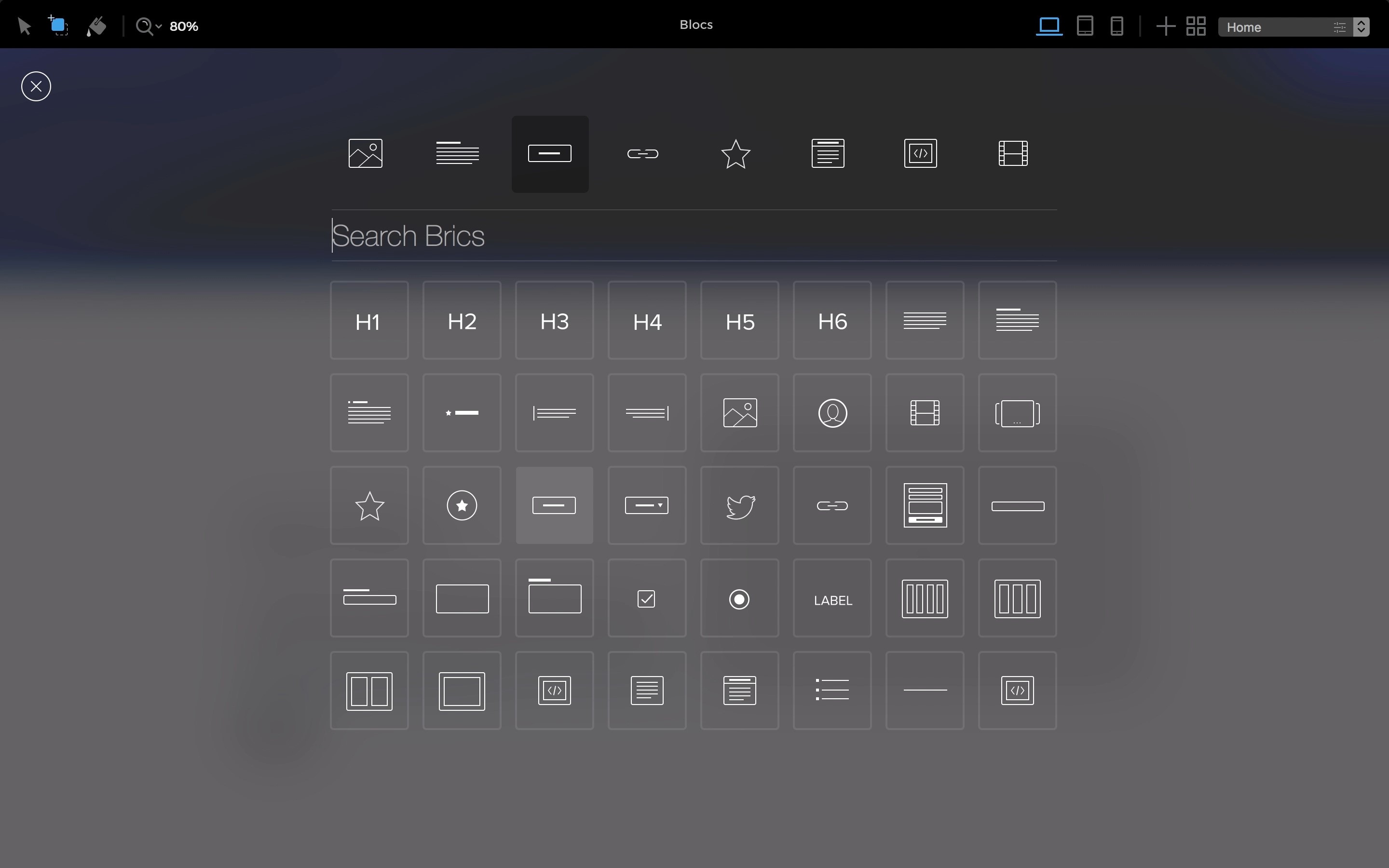

The BLoC architecture also helps developers with state management, as they’re able to know an app’s state at any time. This makes it easy to test and reuse elements in different parts of your code. What makes it that way? The BLoC architecture allows developers to keep different layers of your application separate - namely the presentation and business logic layers.

The BLoC architecture has three core benefits. You still need to organize data in your app according to an architecture like DDD, MVVM, or Clean.īLoC helps with organizing data flows, and today it’s the most popular pattern for Flutter development. Note that BLoC is a pattern, not an architecture itself. The BLoC architecture (which you can use by integrating the BLoC library into your project) was created by Felix Angelov and was introduced at Google I/O in 2019. What is the BLoC architecture pattern?īLoC stands for Business Logic Component, and as the name implies, it’s an architectural pattern that has separate components at its core.

In this article, I’ll be talking about the BLoC architecture, which is deemed one of the best choices for Flutter development by many programmers. This freedom of choice can be rewarding, but it can also lead to inconsistent naming and bulky classes. There are many architectures you can use to build Flutter applications: Flutter is backed by Google and allows developers to create beautiful and cost-effective cross-platform applications with a native feel. It first appeared in 2015 as Sky, and in 2017 it became the Flutter that we know and use. Flutter is becoming more popular each day, though it’s a rather young technology.


 0 kommentar(er)
0 kommentar(er)
